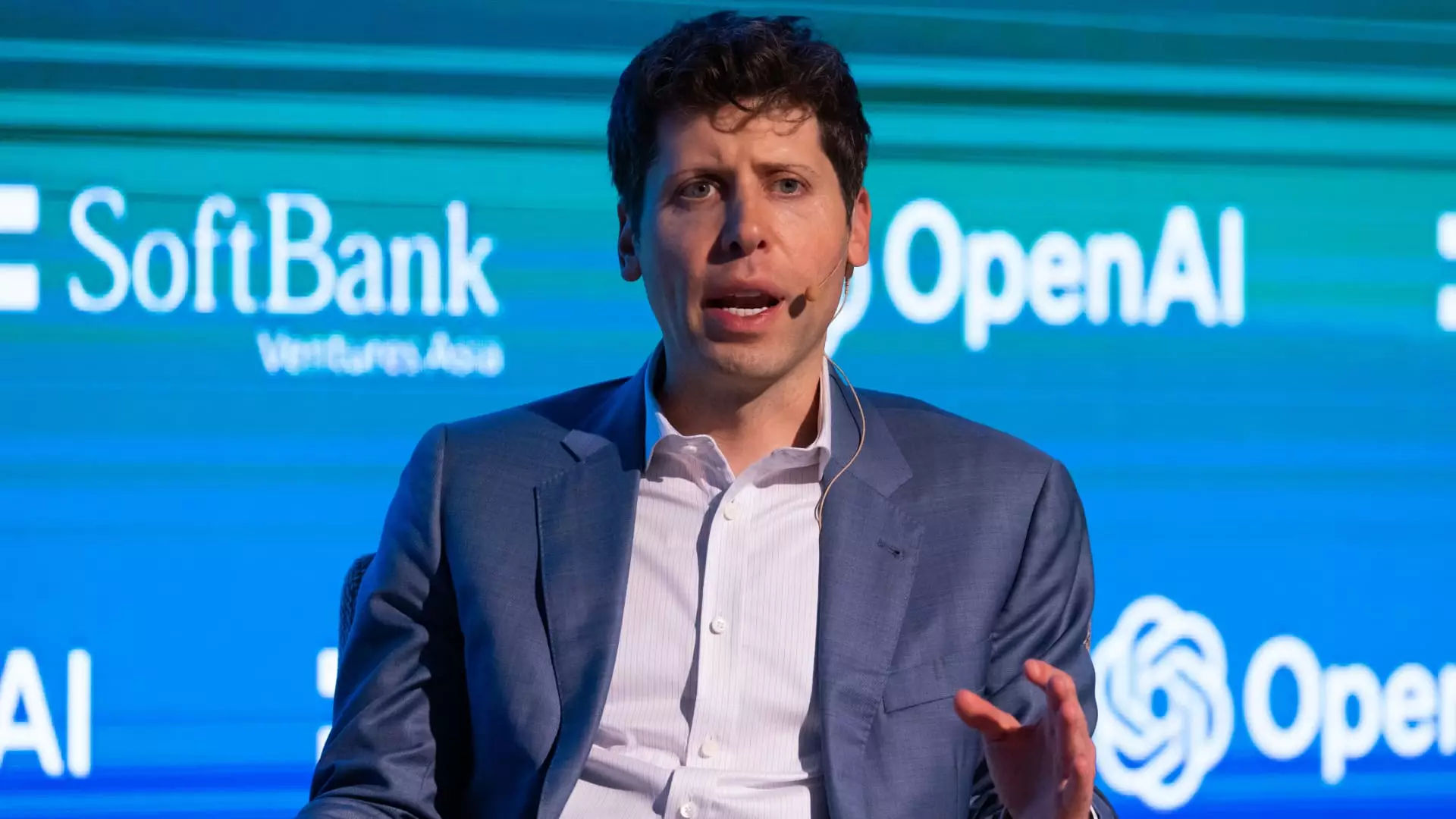OpenAI, once a nonprofit research organization striving to advance artificial general intelligence (AGI), has recently announced its transition towards a for-profit entity, set to take place in 2025. This shift entails the establishment of a public benefit corporation (PBC) that will oversee commercial functions. The decision reflects the growing financial pressures and the necessity for substantial investments to compete in the rapidly evolving AI landscape.
OpenAI’s board highlighted the staggering investments that large corporations are making in AI technology, indicating a fundamental shift in how the organization must operate to sustain its mission. The urgency for raising unprecedented amounts of capital stems from OpenAI’s valuation surging to $157 billion following the launch of its popular AI chatbot, ChatGPT. This valuation marks a significant milestone achieved in less than two years, propelling the company into a fierce competition with tech giants such as Microsoft, Google, Amazon, and newer players such as Elon Musk’s xAI.
Amid the competition, OpenAI closed a notable funding round of $6.6 billion in October, allowing it to invest in the advanced infrastructure and high-powered processors necessary for developing large language models integral to its offerings. However, the financial projections illustrate a stark reality; OpenAI anticipates incurring a loss of approximately $5 billion against revenues of $3.7 billion for the current year. These figures underscore the necessity for a sustainable business model that can attract conventional equity investment.
Restructuring Under the PBC Model
By transitioning to a Delaware PBC, OpenAI aims to unlock new avenues for capital without diluting its original mission. The new structure will allow OpenAI to operate commercially while separating its nonprofit responsibilities, which can focus on activities in critical areas such as healthcare and education. This dual-structure strategy promises to maintain a clear boundary between the pursuit of profit and altruistic initiatives, thereby preserving the organization’s foundational goals.
The decision to adopt a model with traditional shares reflects a need for easier access to capital markets, facilitating the raising of funds on more favorable terms aligned with modern investment expectations. OpenAI’s board noted that its previous organizational framework was inadequate for navigating the complex landscape of substantial investments from outside stakeholders.
Challenges on the Horizon
Despite the strategic advantages of this transition, significant obstacles remain. Perhaps the most prominent challenge is the ongoing legal tussle involving co-founder Elon Musk. Musk’s public criticisms and legal actions against OpenAI’s restructuring plans illuminate tensions within the organization’s origin story. His claims have branded the transition as morally dubious, labeling it a “total scam.” Consequently, this internal strife could further complicate the company’s aspiration to present a united front in the pursuit of capital and operational autonomy.
Compounding these management issues is the observable exodus of key talent from OpenAI. High-profile resignations, including executives who played pivotal roles in the company’s innovation strategy, point to dissatisfaction with the leadership’s prioritization of commercial goals over safety and ethical considerations. These departures not only reflect internal discontent but might hinder OpenAI’s capability to navigate its strategic overhaul as it confronts competition from well-funded rivals.
As OpenAI charts this new course, it must balance the drive for growth with a commitment to ethical practices and safety. The departure of former safety leaders and research heads amidst allegations of compromised safety protocols serves as a warning sign. Maintaining a focus on responsible AI development is essential to uphold public trust and ensure that technological advancements are achieved alongside moral imperatives.
The company’s leadership, including CEO Sam Altman, has acknowledged that the pressures leading to these resignations are separate from the forthcoming structural changes. However, the critical eye on OpenAI’s decision-making processes points to a broader concern about its ability to harmonize ambitious business targets with foundational values.
The unfolding transformation of OpenAI into a for-profit structure reinforces the complex dynamics at play in the AI sector. With necessary funding needs accelerating and internal challenges mounting, the organization’s future hinges on effective leadership capable of rallying its resources and talent towards common goals while navigating external pressures. OpenAI’s journey is a microcosm of the broader implications that commercialization holds for innovation in artificial intelligence, questioning how organizations can thrive commercially while maintaining ethical integrity.


Leave a Reply